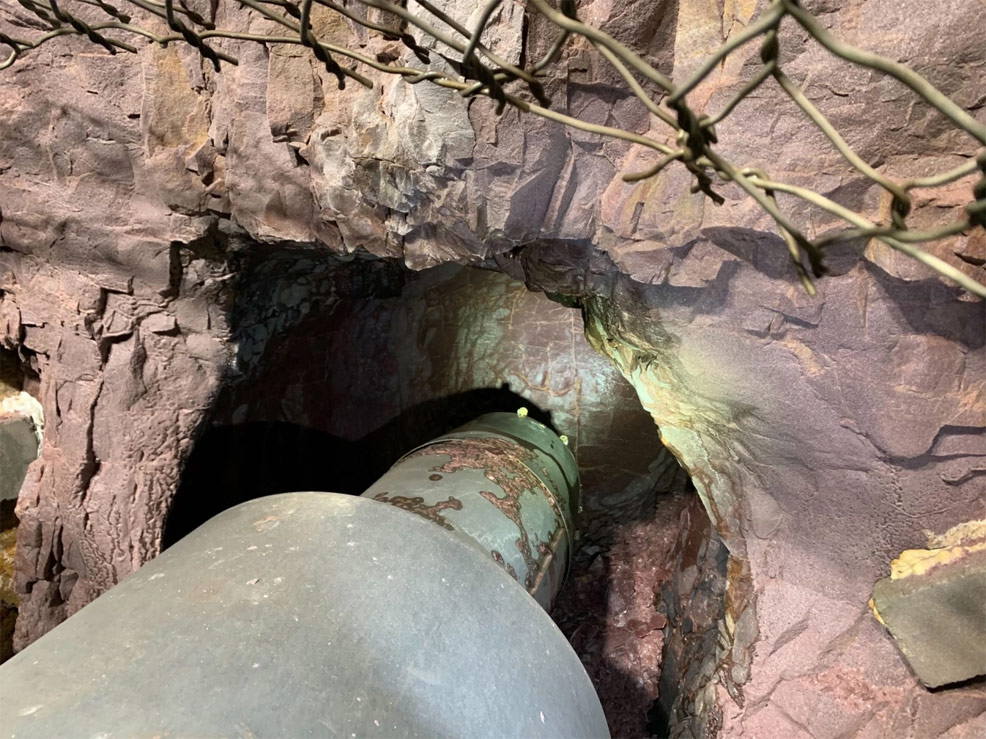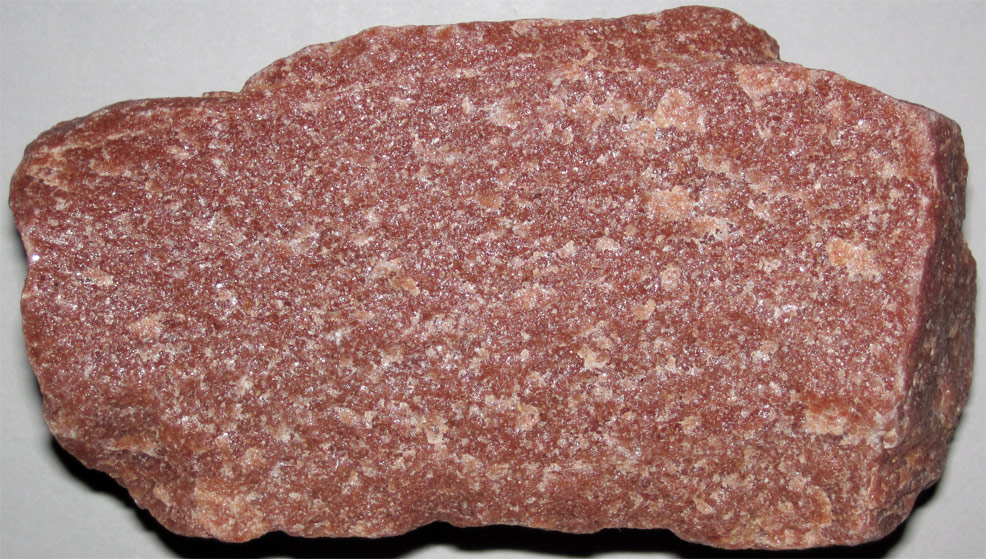
10th December 2021 Mining robot can bore through "previously impenetrable geologies" A startup company, Petra, emerged from stealth yesterday with funding of $33 million and a promising new technology for the mining industry.
"We've invented a completely new way to excavate rock, and this will have profound implications on the future of tunnelling," said Kim Abrams, co-founder and CEO of Petra. The company, based in San Francisco, California, this week announced two key milestones – the successful completion of a 20-foot demonstration tunnel through extremely hard rock, along with Series A funding led by DCVC, a leading Deep Tech venture firm. Petra is developing a new robot capable of boring through some of the toughest geologies. Its primary aim is to provide a more cost-effective, reliable, and flexible way of installing utilities underground. This has the potential to greatly expand the available routes for electricity, water, sewage, and other infrastructure and to avoid grid-related disasters from violent climate change. "In the past, there have only been a handful of costly and inefficient methods for tunnel construction, starting with manual tools and evolving to the modern tunnel-boring machine. Our non-contact method is the next evolution of tunnelling and will usher in a new age of undergrounding utilities. By delivering the first non-contact boring robot that affordably undergrounds utilities through bedrock, we can protect communities around the world from exposure to wildfires and ensure the safety of critical infrastructure in disaster-prone areas," said Abrams.
Petra uses machine vision and a thermal drilling method, to blast gas and heat at almost 1,000°C (1,832°F). This breaks rock into small pieces, which are then sucked out by a vacuum. Conventional micro-tunnel boring machines are purpose-built for a single diameter. By contrast, Petra can bore a range of diameters from 20-60", dramatically reducing the costs of tunnelling. It also offers the first reverse-tunnelling technology, for machine maintenance and cutter head rescue. The semi-autonomous robot can tunnel faster and cheaper than conventional methods, and through geologies previously thought impenetrable. By contrast, traditional micro-Tunnel Boring Machines (mTBM), Horizontal Directional Drilling (HDD), and other "trenchless" methods have cutter heads which easily break when drilling through hard rock, increasing project costs and complexities. "Petra successfully completed a 20-foot bore through hard Sioux Quartzite, where we averaged an astounding one-inch-per-minute in a geology usually excavated by dynamite," said Ian Wright, Petra's CTO, and a Tesla co-founder. "No undergrounding method has been able to tunnel through this kind of bedrock until now. This achievement is due to Petra's thermal drilling method, which efficiently bores through rock without touching it." Sioux Quartzite is placed at 7.5 on the Mohs scale of mineral hardness. For comparison, basalt and granite are rated at 6. The hardest naturally occurring mineral is diamond at 10.
The US national grid, established more than 40 years ago, wasn't built to withstand climate change or new strains on the system. Above-ground power lines have caused thousands of wildfires in recent years and are frequently destroyed during violent storms. Without a new approach, the stresses will only become worse. The Energy Information Administration (EIA) projects global energy demand will increase by 50% in the next 30 years, requiring many more transmission lines. Undergrounding of power lines could provide a resilient infrastructure. In addition, Petra will address vulnerabilities in cities to prevent man-made disasters like the San Bruno gas pipeline explosion of 2019. Most cities have a maze of existing utility infrastructure that lives in the soft soil layers, just below the surface. Last month, a study concluded that damage to underground utility lines is costing $61 billion a year in waste and excess costs and is creating unnecessary hazards for public safety. Going into bedrock below the existing infrastructure would allow engineers to reduce the complexity and vulnerabilities of urban utility projects. Petra hopes to reduce the cost of burying utility lines by up to 80%, making it a viable option. "At DCVC, we're committed to investing in companies that are building solutions to make our society's infrastructure more resilient. Petra's ability to bore tunnels in bedrock is transformational for global utilities and innumerable other applications," said Dr. Chris Boshuizen, DCVC Partner and co-founder of Planet Labs. "Petra's tunnelling technology is providing a safer, faster, and more cost-effective option for all underground infrastructure – electricity, water, sewage, and enables projects the world would never have been able to do before." "As the former President of SoCal Edison, I oversaw capital projects in urban, suburban, and rural mountainous areas. A robot that can bury utility facilities in bedrock would have been a game-changer for us," said Bob Foster, a Petra Advisor. "In cities, it would allow us to bury utilities in bedrock, below the existing infrastructure. In mountainous areas, like the Sierra foothills, it would allow us to bury utilities in the most fire-prone regions of our state." "It's like nothing I've ever seen before," said Bob Goodfellow, President of tunnel services company Aldea, who has 30 years of experience in the industry. "There's been talk about things like nuclear-powered tunnel-boring machines and contactless tunnelling and stuff like that – but it's just been talking prototypes. As far as I know, these are the first people that are trying to really, genuinely commercialise it." Comments »
If you enjoyed this article, please consider sharing it:
|








